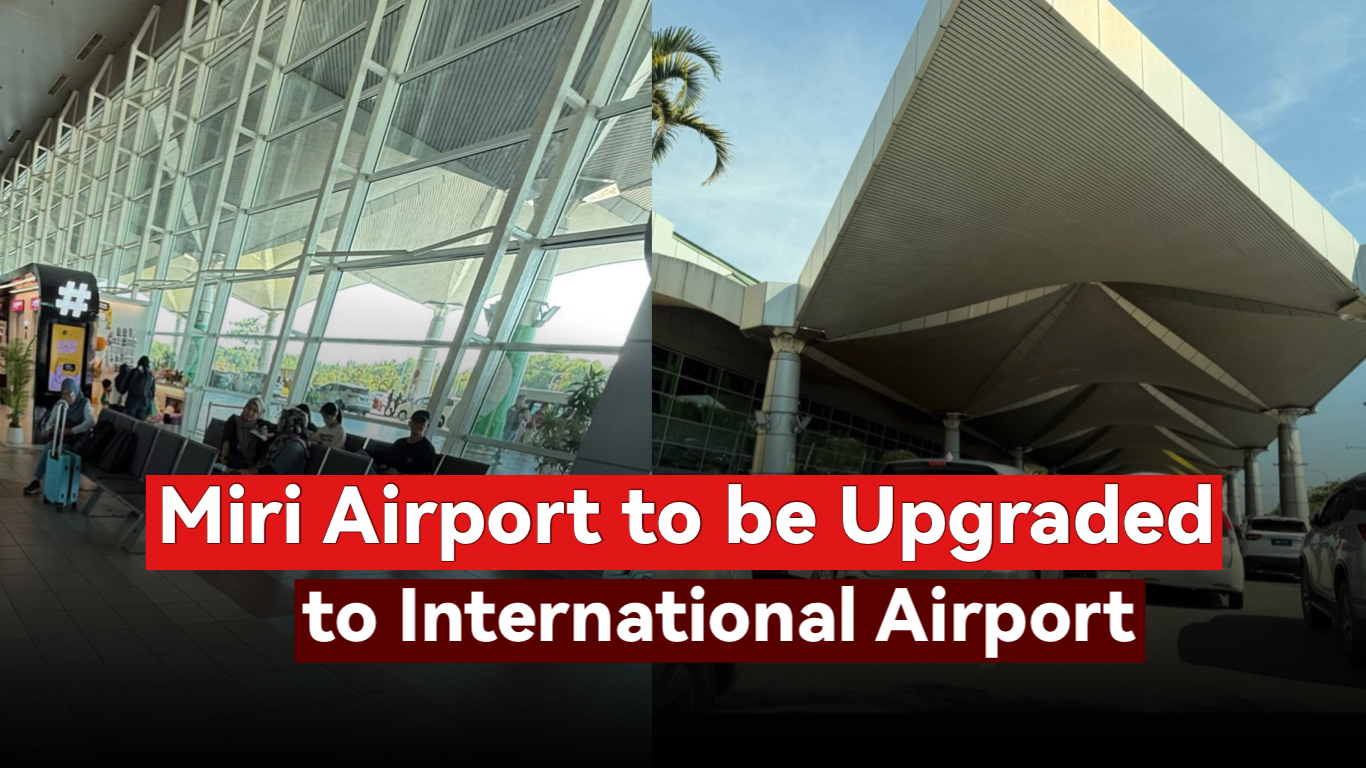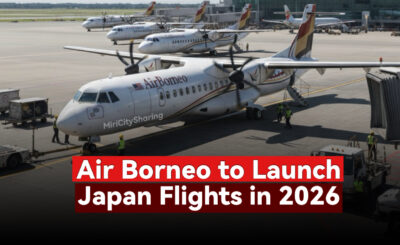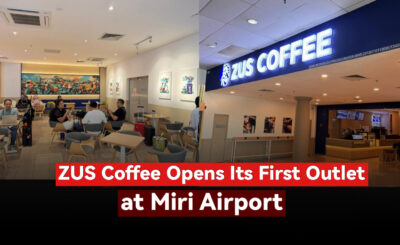Miri Airport is set to be upgraded into an international airport capable of accommodating wide-body aircraft, a move aimed at easing the growing issue of passenger congestion.

The project is expected to begin next year once approvals and the tender process are completed, with construction estimated to take about three years.
Miri Airport was originally designed to handle two million passengers annually, but by 2019 the number had already reached 2.4 million, highlighting the urgent need for expansion. Consultants have been conducting studies since April and are now finalising proposals on the design concept and scope of works.
Plans for the upgrade include separating arrival and departure levels, expanding the terminal building from 16,900 square meters to 29,000 square meters, and increasing the number of aerobridges from three to nine.
Additional improvements will cover a new baggage handling system, more check-in counters, larger waiting areas, and dedicated facilities for both domestic and international passengers. To improve accessibility, a special e-hailing zone will be created and a multi-storey car park with up to 2,000 bays will be constructed.
About Miri Airport:
Miri Airport (MYY) is the main gateway to northern Sarawak and one of Malaysia’s busiest domestic airports. Located just 9 km from Miri City, it connects travelers to major Malaysian cities, rural destinations, and tourist spots such as Mulu National Park.
Designed for two million passengers annually, the airport has already exceeded this capacity, making expansion plans essential. A major upgrade is underway to transform it into an international airport with a larger terminal, more aerobridges, improved facilities, and expanded parking.
Miri Airport is set to be upgraded to Miri International Airport, expanding its capacity to handle wide-body aircraft and international flights. The upgrade will include a larger terminal, more aerobridges, improved passenger facilities, and a multi-storey car park, ensuring the airport can meet rising travel demand in the region.





